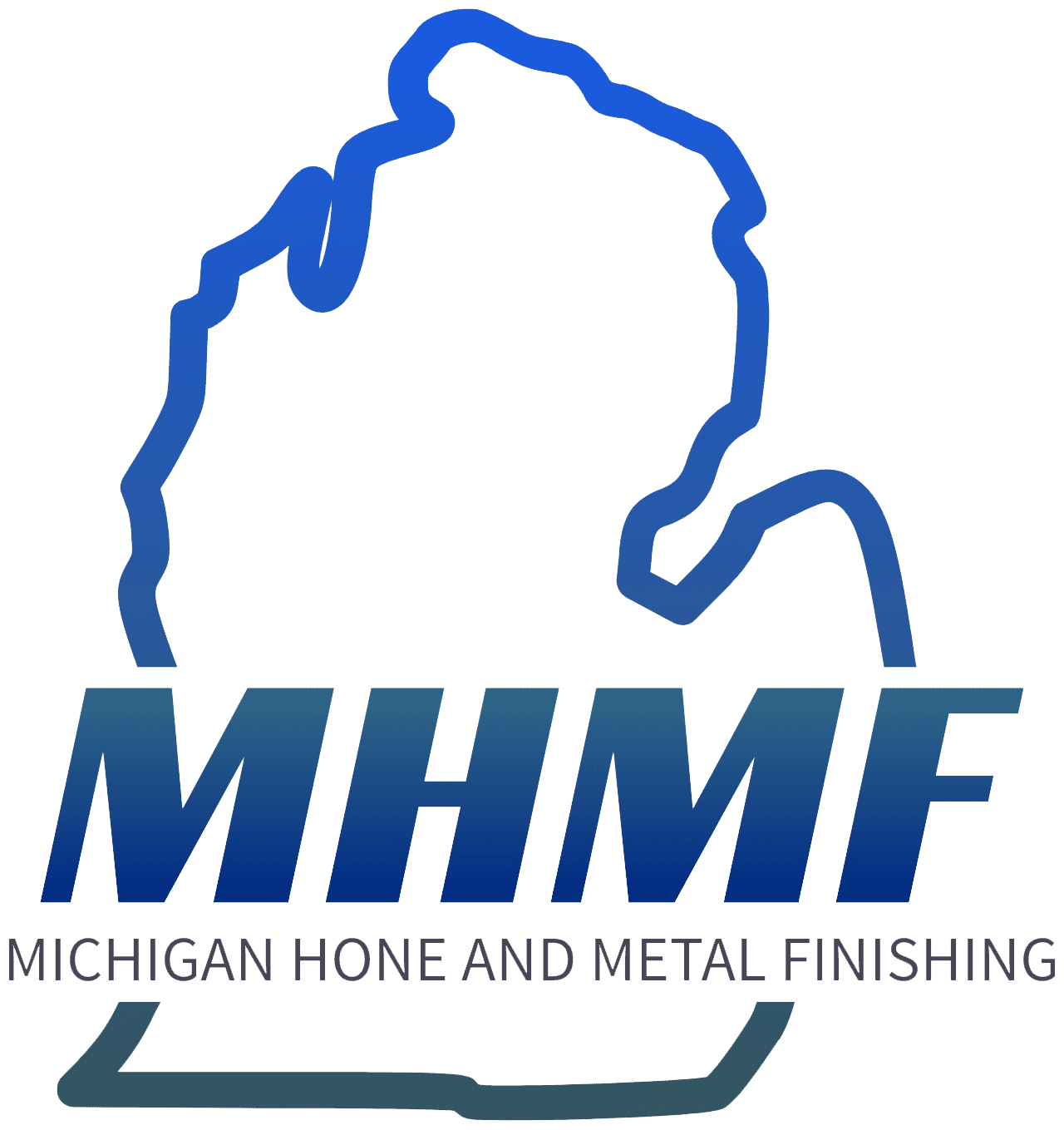Troubleshooting Poor Surface Finish
Achieving the desired surface finish is essential for component performance. Common causes of poor surface finish include:
- Improper Abrasive Selection: Using the wrong honing stone can lead to excessive roughness or inconsistent patterns. Solution: Select appropriate abrasive material (e.g., CBN, diamond, aluminum oxide) based on the workpiece material.
- Incorrect Honing Pressure: Too much pressure can cause burnishing, while too little can result in poor material removal. Solution: Optimize pressure settings for uniform cutting action.
- Insufficient Coolant or Lubrication: Poor lubrication can lead to overheating and rough surfaces. Solution: Ensure adequate coolant flow and proper selection of honing oil.
Addressing Tool Wear & Breakage
Honing tools undergo wear over time, which can impact precision and productivity.
- Excessive Stone Wear: Deterioration of honing stones reduces cutting efficiency. Solution: Regularly monitor and replace worn stones, selecting high-durability abrasives when necessary.
- Tool Breakage: Overloading or incorrect setup can cause tool failure. Solution: Verify machine settings and alignment, and use high-quality tooling designed for the specific material.
Avoiding Material Deformation During Honing
Material deformation can compromise the final dimensional accuracy and surface integrity. Common issues include:
- Oversize: Bores becoming larger than specified due to excessive material removal.
- Solution: Control stock removal rates and use calibrated measuring tools to verify progress.
- Taper: Uneven material removal resulting in a bore that is wider at one end.
- Solution: Adjust stroke length and ensure even pressure distribution across the honing tool.
- Chatter: Vibration patterns causing irregular surface finish.
- Solution: Optimize spindle speed and honing pressure, and inspect machine rigidity.
- Out of Round: Non-uniform bore shape due to improper tool alignment or inconsistent honing technique.
- Solution: Ensure proper fixturing and alignment of workpiece and honing tool.
- Surface Micro Finish Attainment: Achieving ultra-smooth surfaces below Ra 2 micro-inches.
- Solution: Use fine-grit abrasives, apply correct lubrication, and fine-tune honing parameters.
Conclusion
Effective honing requires careful control of process parameters, tool selection, and quality monitoring. By addressing common challenges proactively, manufacturers can achieve precision bores with optimal surface finishes, extended tool life, and minimal material deformation.
